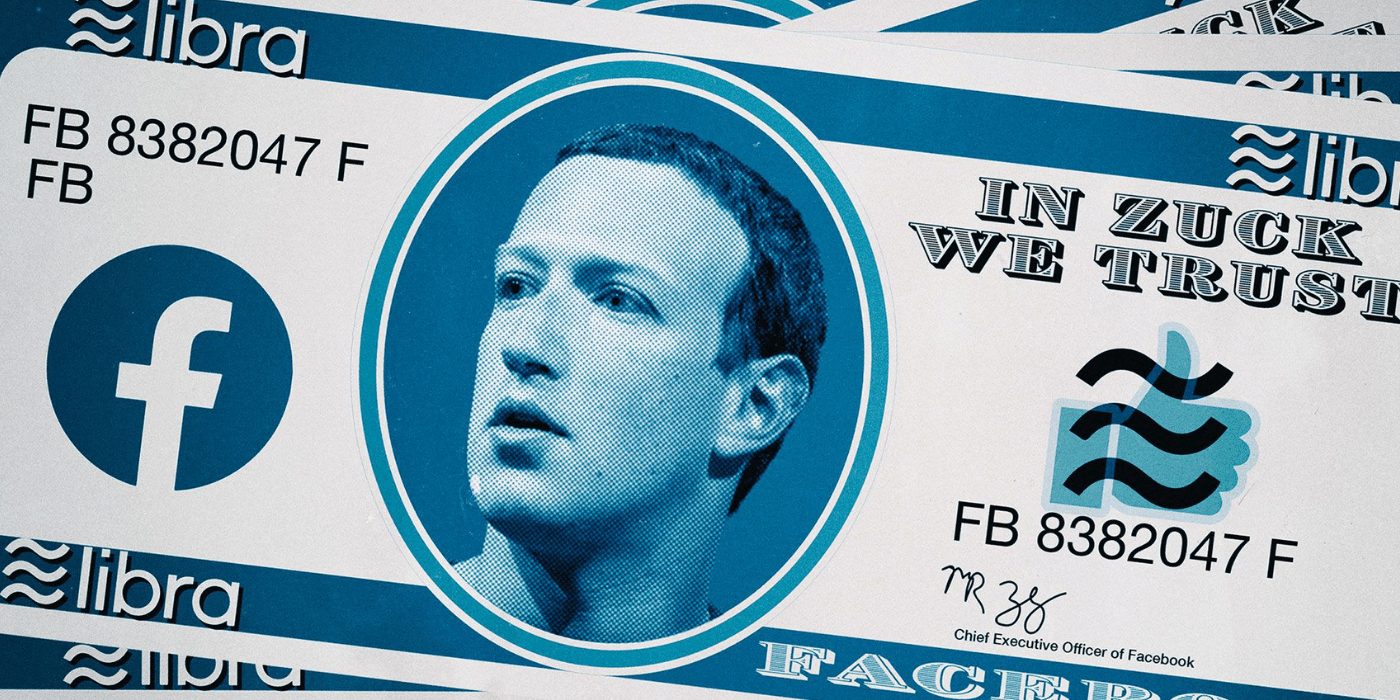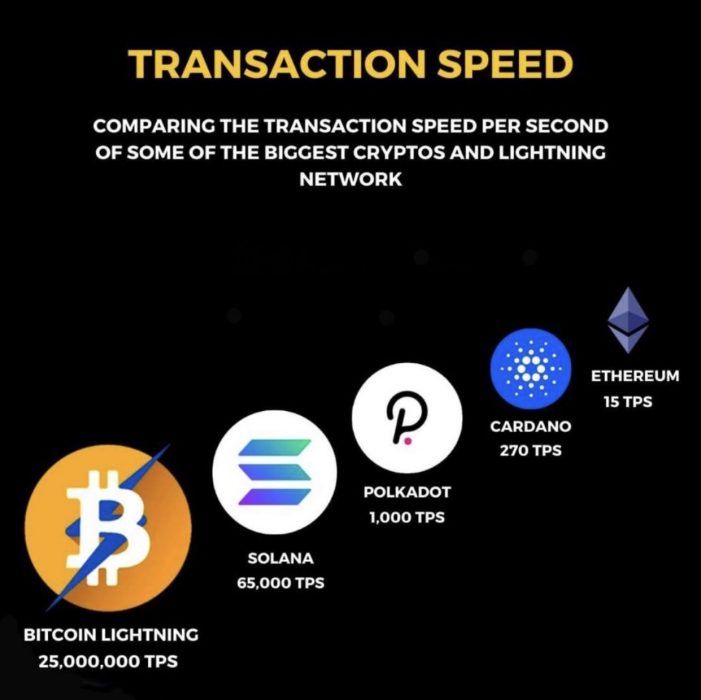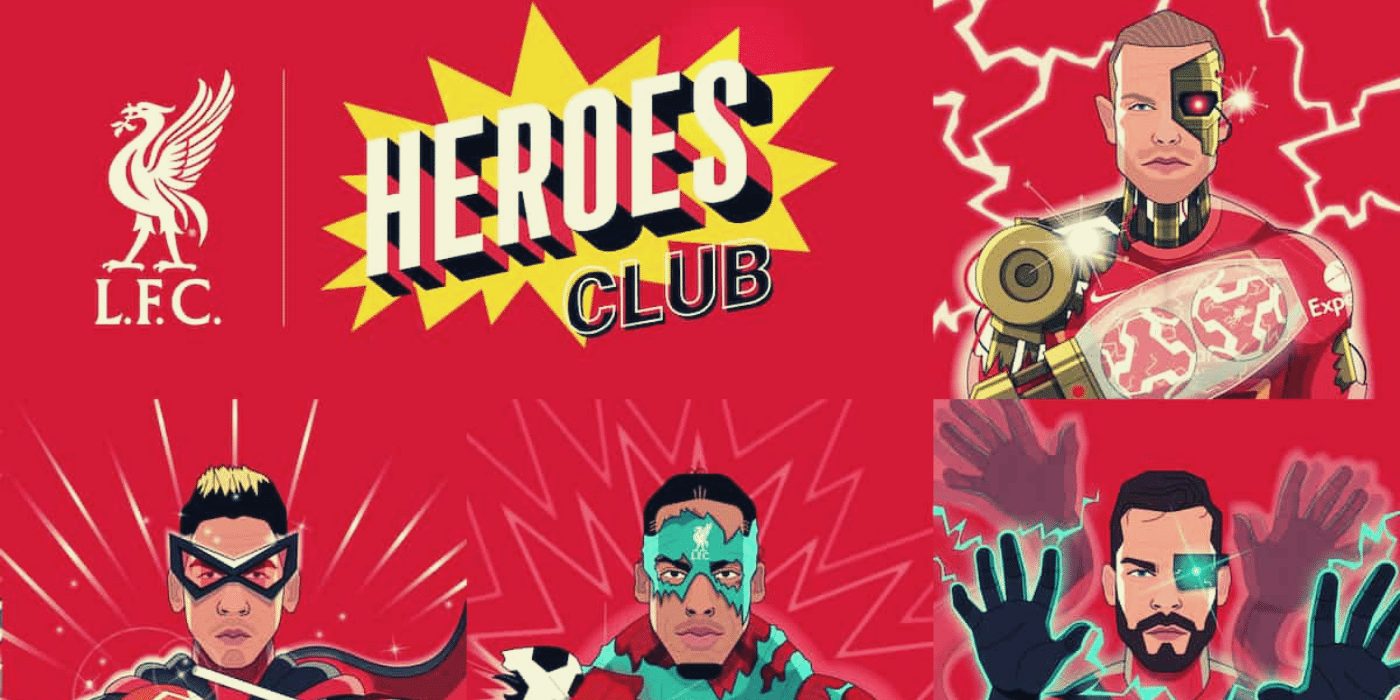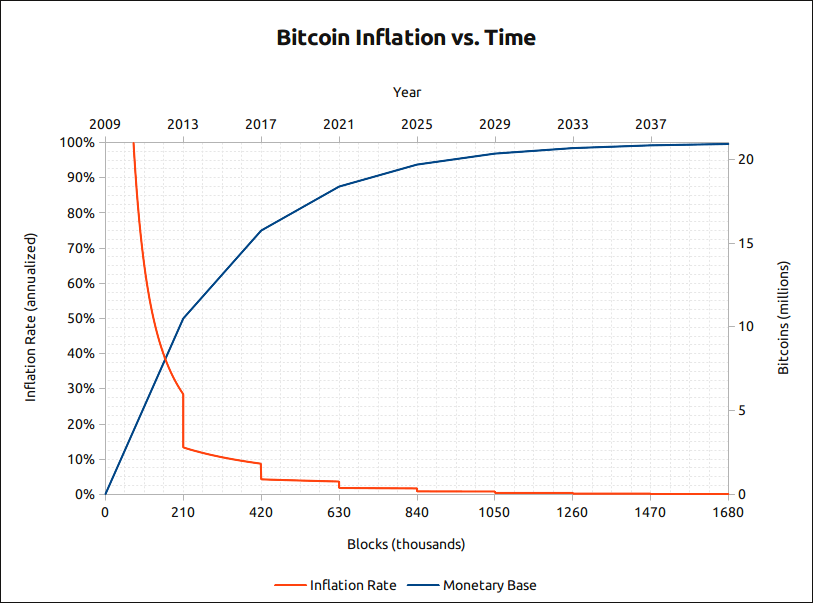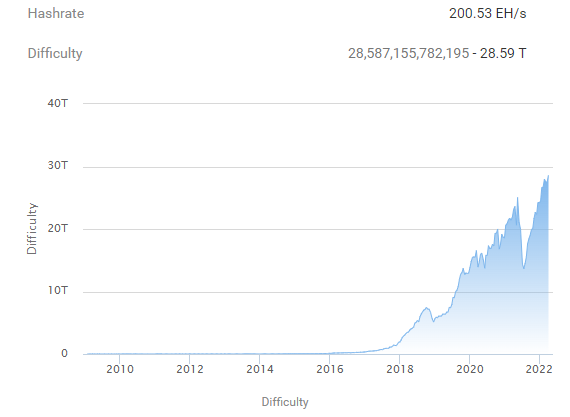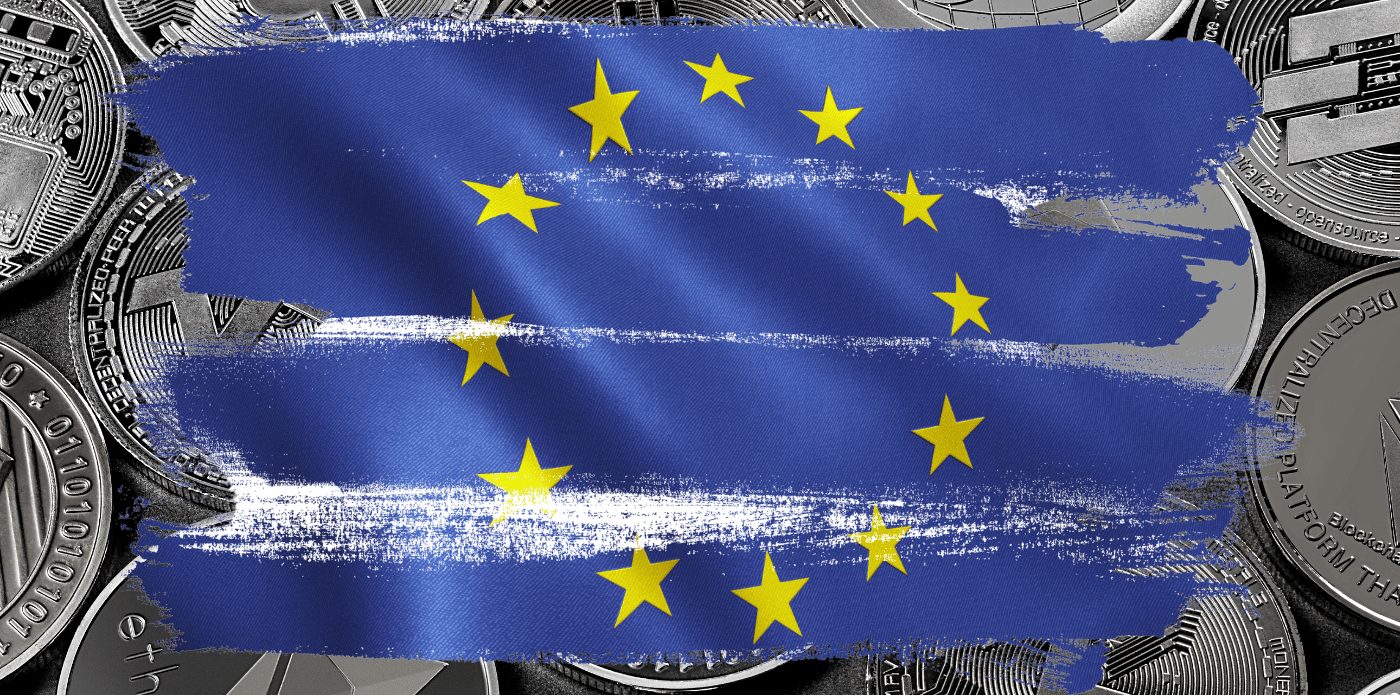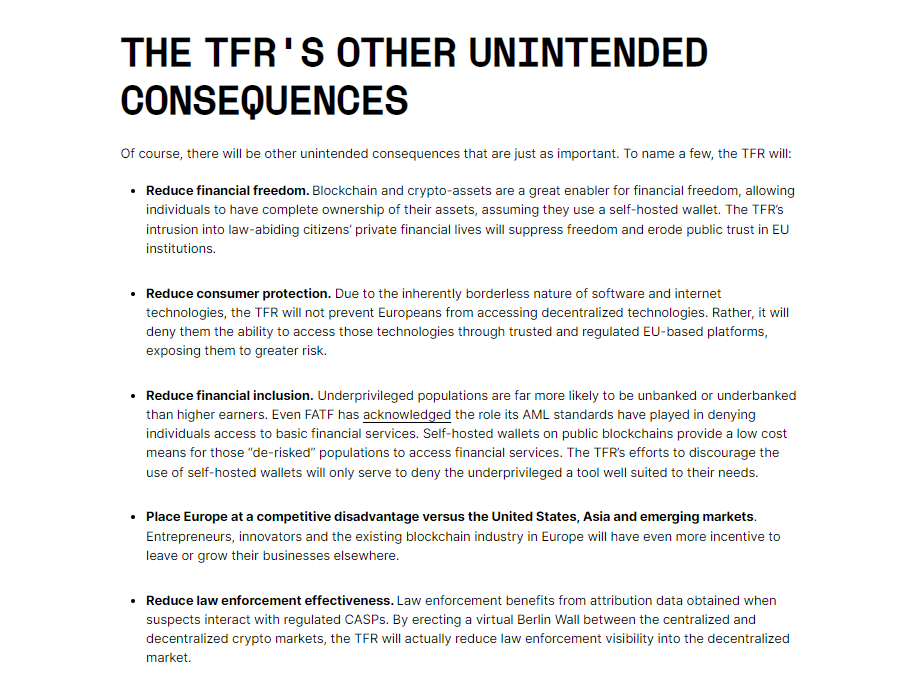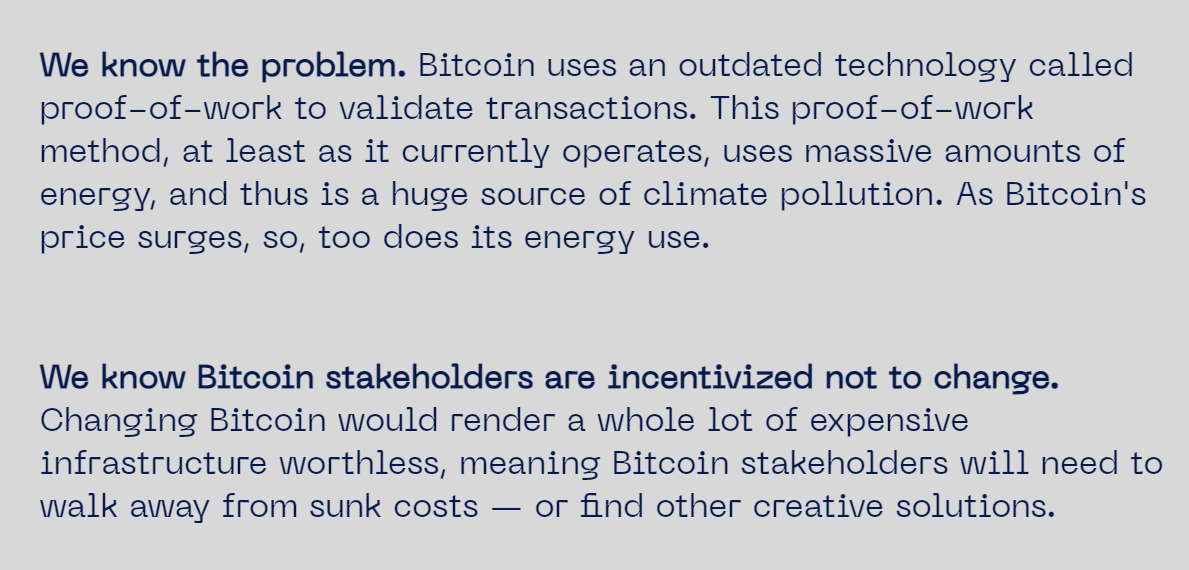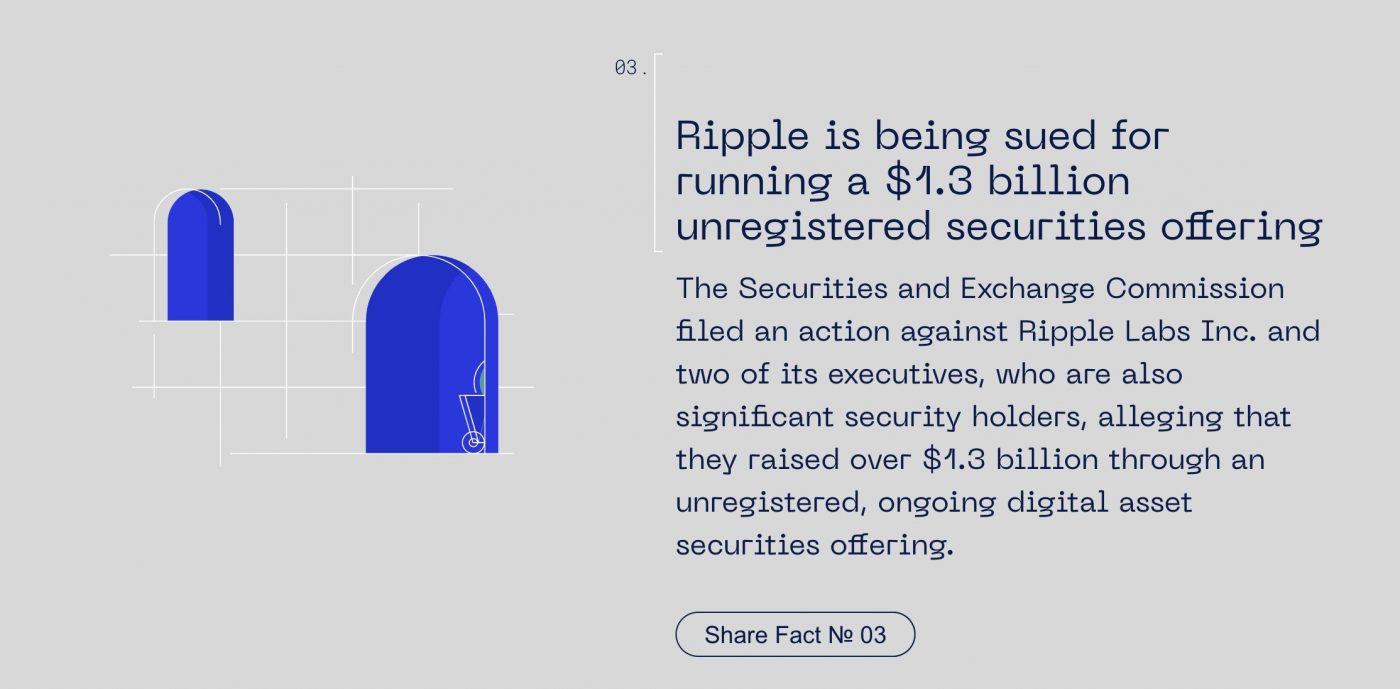Since offloading its failed Diem stablecoin intellectual property and rebranding to Meta, Facebook is looking to introduce non-blockchain-based virtual tokens and loans as it seeks new revenue sources against a backdrop of fierce competition in the social media landscape.
Virtual Currencies Dubbed ‘Zuck Bucks’
According to a report by the Financial Times, Facebook is exploring the creation of non-blockchain-based virtual currencies which employees internally have dubbed “Zuck Bucks”. Unlike Diem, its doomed blockchain stablecoin project, Meta is said to be leaning towards in-app tokens centrally controlled by the company, much like those used in gaming apps such as the Robux currency in popular gaming platform Roblox.
The company is also considering rewards for users who contribute meaningfully on its platforms – for example, within Facebook groups you may have “social tokens” or “reputation tokens”. Instagram by contrast could have “creator coins”.
Meta Looks to New Revenue Streams
Amid declining profits and users, as well as competition from TikTok, Facebook has of late increasingly turned to other revenue streams for future growth.
In addition to creating a token economy, the US$600 billion social network behemoth is also considering traditional financial services, such as loans for small to medium-sized enterprises. Details, however, remain sparse:
We have no updates to share today. We continuously consider new product innovations for people, businesses, and creators. As a company, we are focused on building for the metaverse and that includes what payments and financial services might look like.
Spokesperson for Meta (unnamed)
Moves to introduce non-fungible tokens (NFTs) are more advanced, as founder and chief executive Mark Zuckerberg recently confirmed plans to integrate NFTs into Instagram in the “near term”.
As news broke of Facebook’s latest attempt to remain in the social media driver’s seat, Twitter was awash with criticism of both Facebook and the controversial founder himself:
At this stage, it’s too soon to tell whether these initiatives will dilute the company’s growth efforts or otherwise accelerate it towards new heights. Time will be the arbiter.

